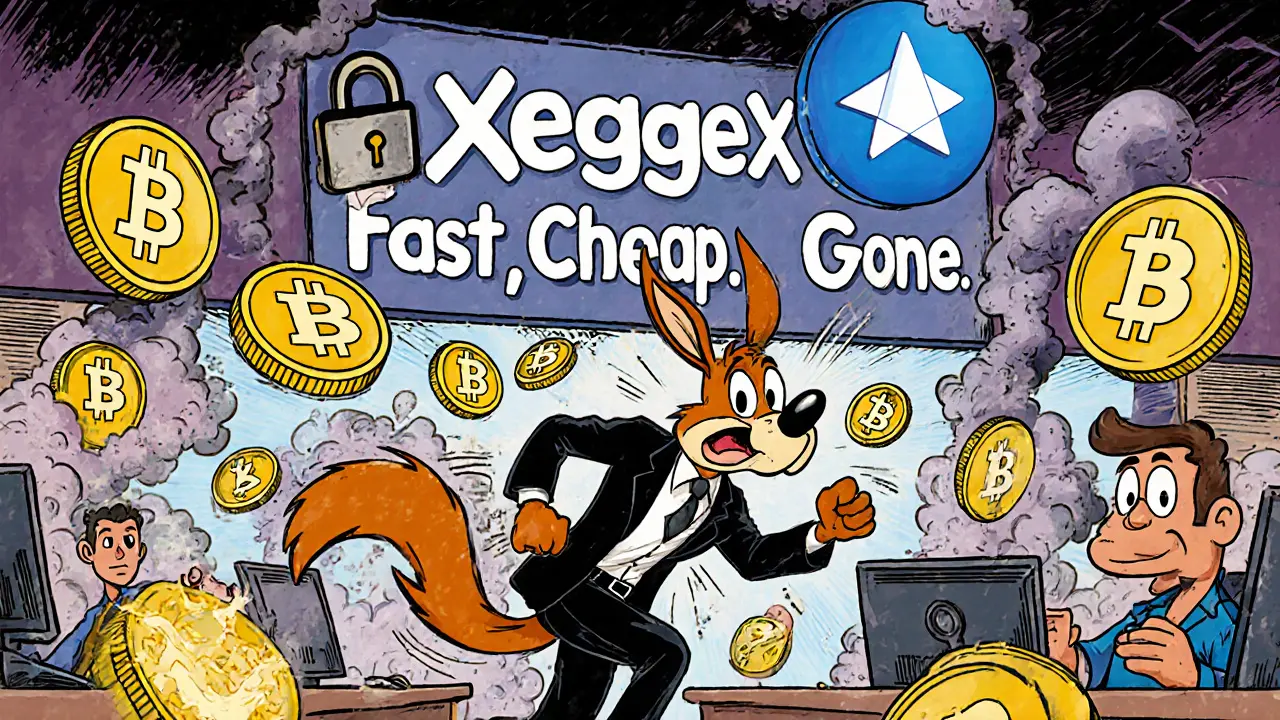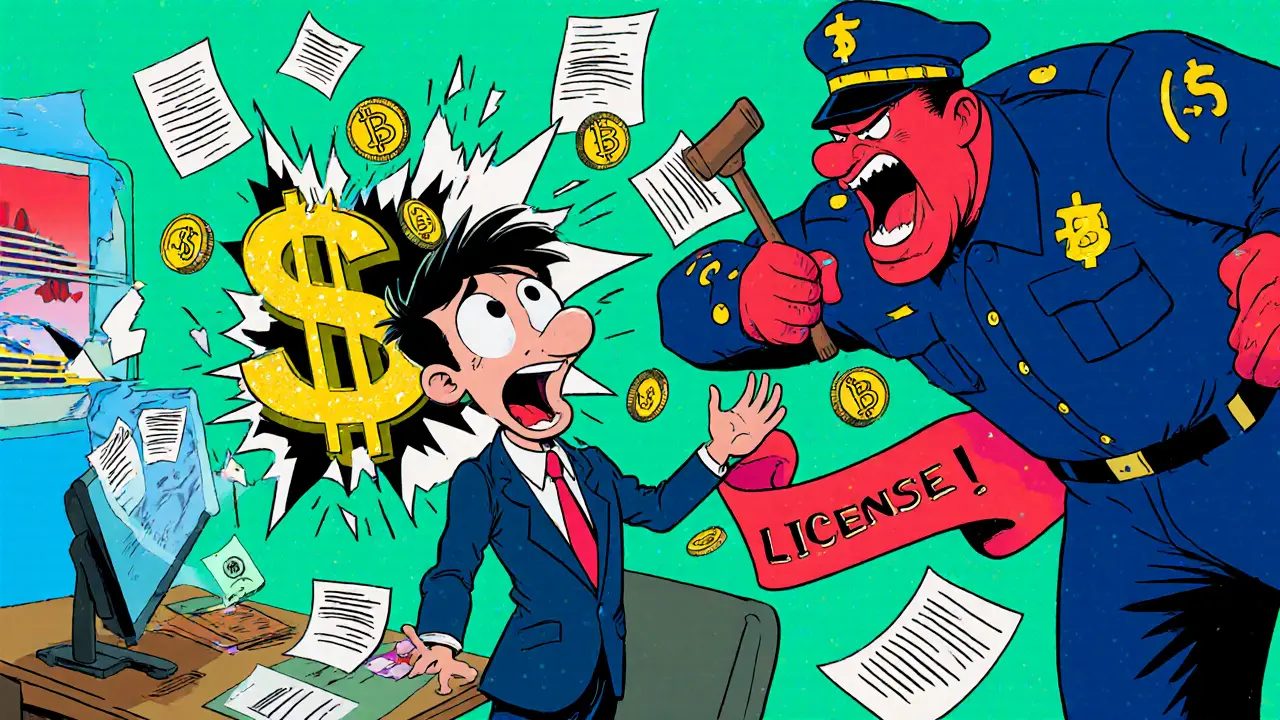October 2025 Crypto Archive: Failed Exchanges, Airdrops, and DeFi Risks
When you look at crypto exchange shutdowns, the sudden collapse of platforms that promised low fees and high returns but lacked real security or oversight, you’re not just seeing bad luck—you’re seeing a pattern. In October 2025, LedgerBeat broke down the fall of XeggeX, a once-promising exchange that vanished after a breach exposed weak internal controls. This wasn’t an isolated case. It’s part of a larger trend where unlicensed operators, poor governance, and fake liquidity lead to rapid failures. These shutdowns don’t just hurt investors—they make the whole industry look risky. That’s why understanding how to spot red flags before you deposit funds matters more than ever.
Alongside those failures, crypto airdrops, free token distributions tied to specific actions like trading, holding, or gaming dominated the month. Guides for FOTA, CoinW, GoldMiner, VOW, and WLBO showed readers exactly how to claim tokens without falling for scams. Many of these airdrops were tied to CoinMarketCap or gaming platforms, making them accessible to casual users—but also risky if the underlying token had no trading volume or team. Meanwhile, DeFi security, the practice of protecting decentralized finance protocols from exploits like flash loan attacks and oracle manipulation was under intense scrutiny. Posts on flash loan attacks and the SEC vs CFTC battle revealed how legal gray areas and technical flaws can combine to wipe out millions in minutes. And it’s not just about hacks. Projects like Solrise Finance and Concave showed how even well-designed ideas can die from neglect—zero updates, no liquidity, and one exchange listing aren’t signs of innovation, they’re warning signs.
Behind every failed token or risky airdrop is a deeper issue: blockchain licensing, the legal requirement to operate financial platforms under government oversight. Bolivia flipped from banning crypto to regulating it. Germany gave zero tax on long-term holds. Egypt slapped massive fines on traders. These aren’t random policies—they’re responses to chaos. And if you’re building or investing in a project, ignoring compliance isn’t bold, it’s suicidal. The same month, we looked at how to build real utility token, a digital asset designed to serve a functional purpose within a platform, not just speculate on price value. Without use cases, network effects, or real demand, your token is just a spreadsheet entry. October 2025 didn’t just show us what went wrong—it gave us the tools to avoid repeating it.
Below, you’ll find detailed reviews, step-by-step airdrop guides, and hard-hitting analysis of the projects that moved the market. No fluff. No hype. Just facts from the front lines of crypto’s most volatile month yet.


















Categories